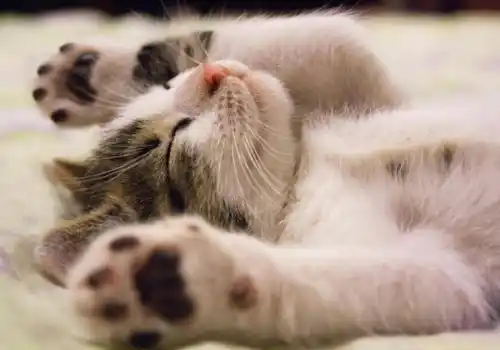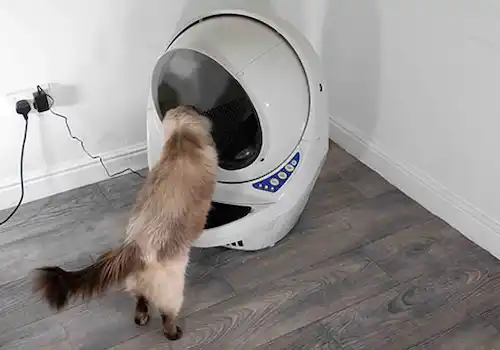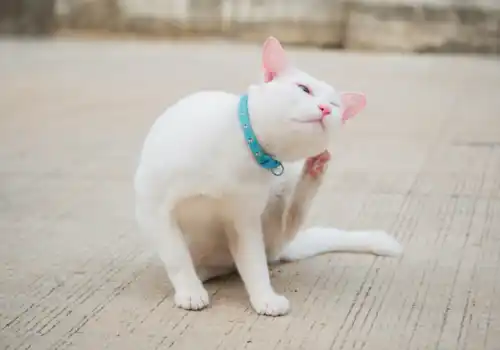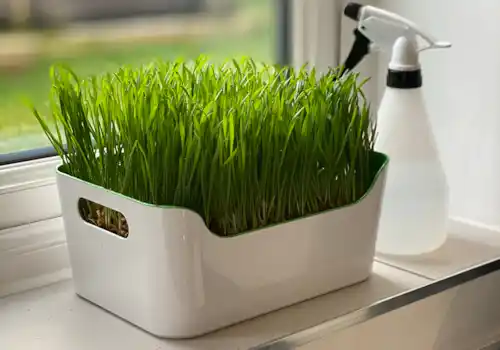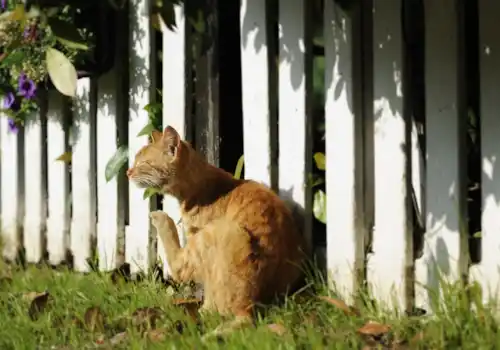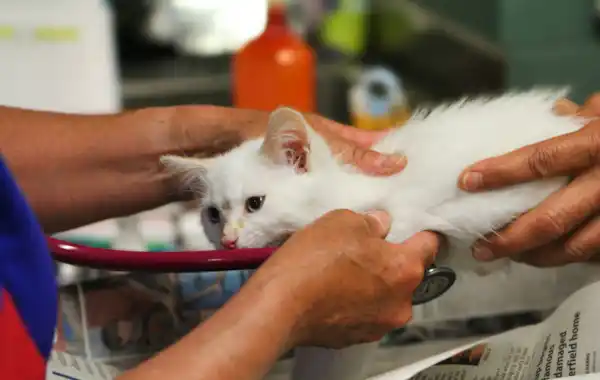By Amanda Campion, Resident Feline Behaviourist at ‘Your Cat’
For many cats and their caregivers, a trip to the vet can feel like an ordeal. Between the carrier loading drama, the car journey vocalisations, the waiting room stress, not to mention the unfamiliar smells and sounds, it’s no wonder some cats arrive already stressed. But with proper preparation, you can make vet visits far calmer and more positive for both of you.
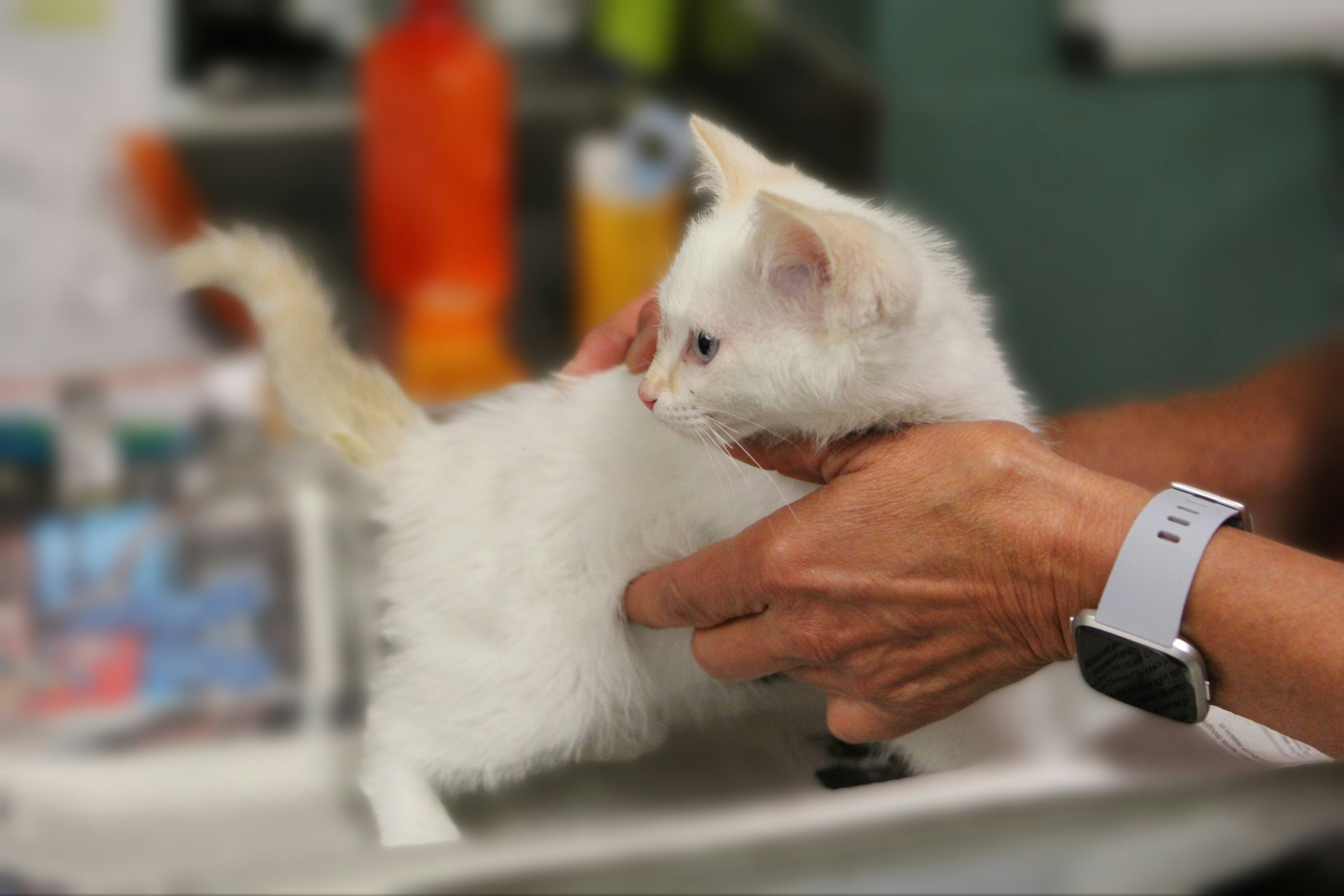
Why vet visits are stressful for cats
Cats are susceptible to changes in their environment. They thrive on predictability and routine, so sudden handling, carrier restraint, transport, and then exposure to new scents can trigger a stress response. In evolutionary terms, a cat outside its territory is vulnerable, so a trip to the vet can feel like a survival situation.
Develop carrier confidence
One of the biggest stress triggers is the appearance of the cat carrier. For many cats, it’s only brought out on vet trips, making it a ‘carrier of doom’ signal. Instead, keep the carrier out in your home environment. Leave the door open or take it off completely, add a soft blanket, and occasionally drop treats inside so it becomes a safe, familiar resting place.
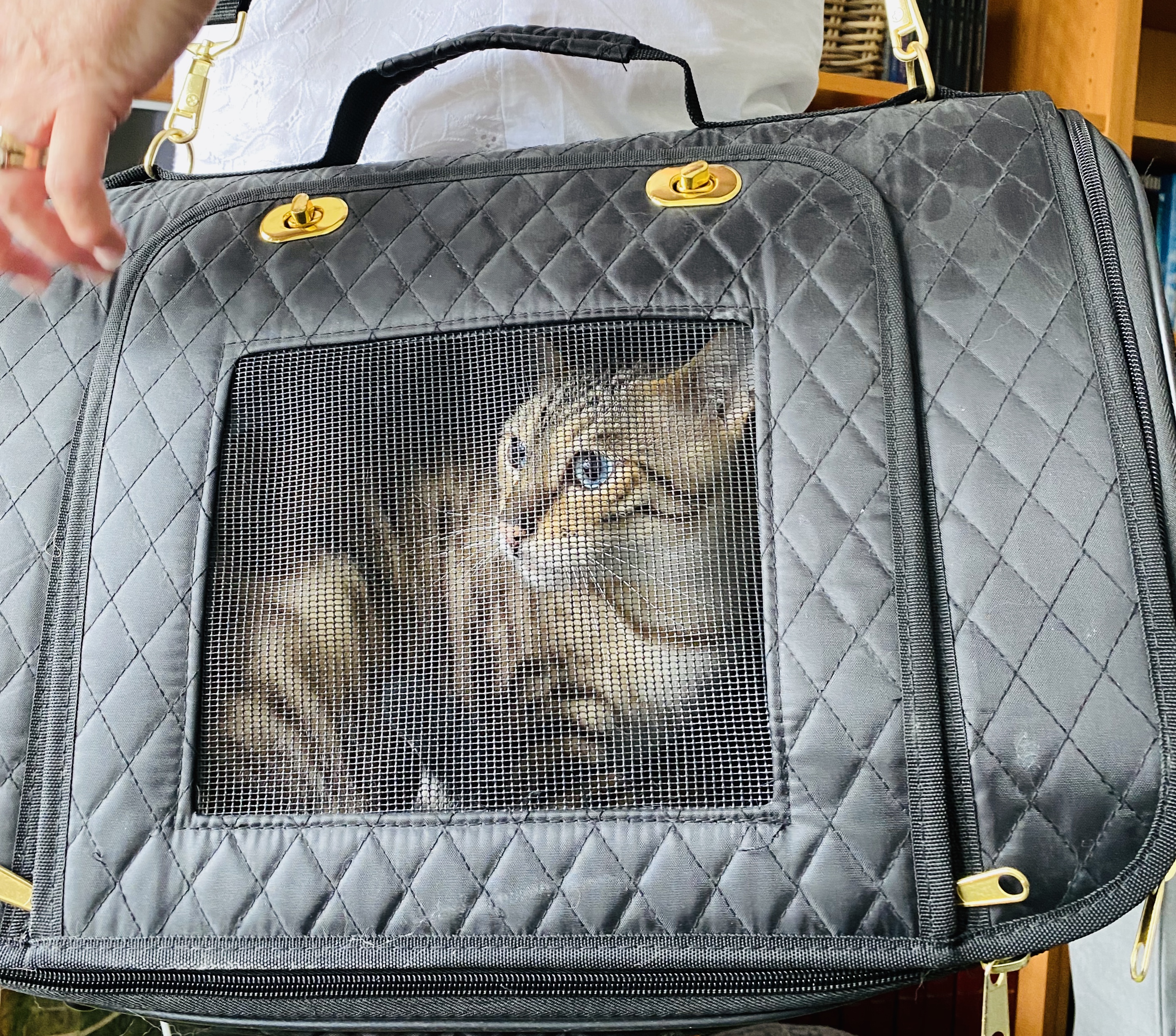
The journey matters….
The motion and noise of a car can unsettle cats. Secure the carrier with a seatbelt, cover it with a light blanket to reduce visual stress, and keep the car temperature comfortable. Avoid loud music or sudden manoeuvres where possible. Speaking softly can reassure your cat, but equally, some cats prefer quiet and talking to them can initiate more vocalisation, which can be stressful for the driver. Using synthetic feline pheromone sprays inside the carrier 15 minutes before travel can also help reduce anxiety.
At the clinic
If your vet practice offers cat-only appointment times or a separate waiting area, use them. Some clinics are rated as cat-friendly by ‘International Cat Care’, so do look out for an ISFM cat clinic near you, as these vets and staff are trained in feline handling and how to reduce stress for the cats in the clinic. Please keep your cat in the carrier until you’re in the consultation room to minimise the risk of escape and exposure to unfamiliar smells.
Handling and examination
Let your vet know about your cat’s stress levels, and they can adapt handling techniques accordingly. A skilled vet or nurse will use gentle, minimal restraint and advocate for your cat if appropriate to be examined inside the carrier, where possible. Some cats cope better if examined on a familiar towel brought from home, rather than a cold metal table. If appropriate, you can pop a treat in your pocket for the vet to give to the cat as a reward to reinforce the visit outcome as a positive one.
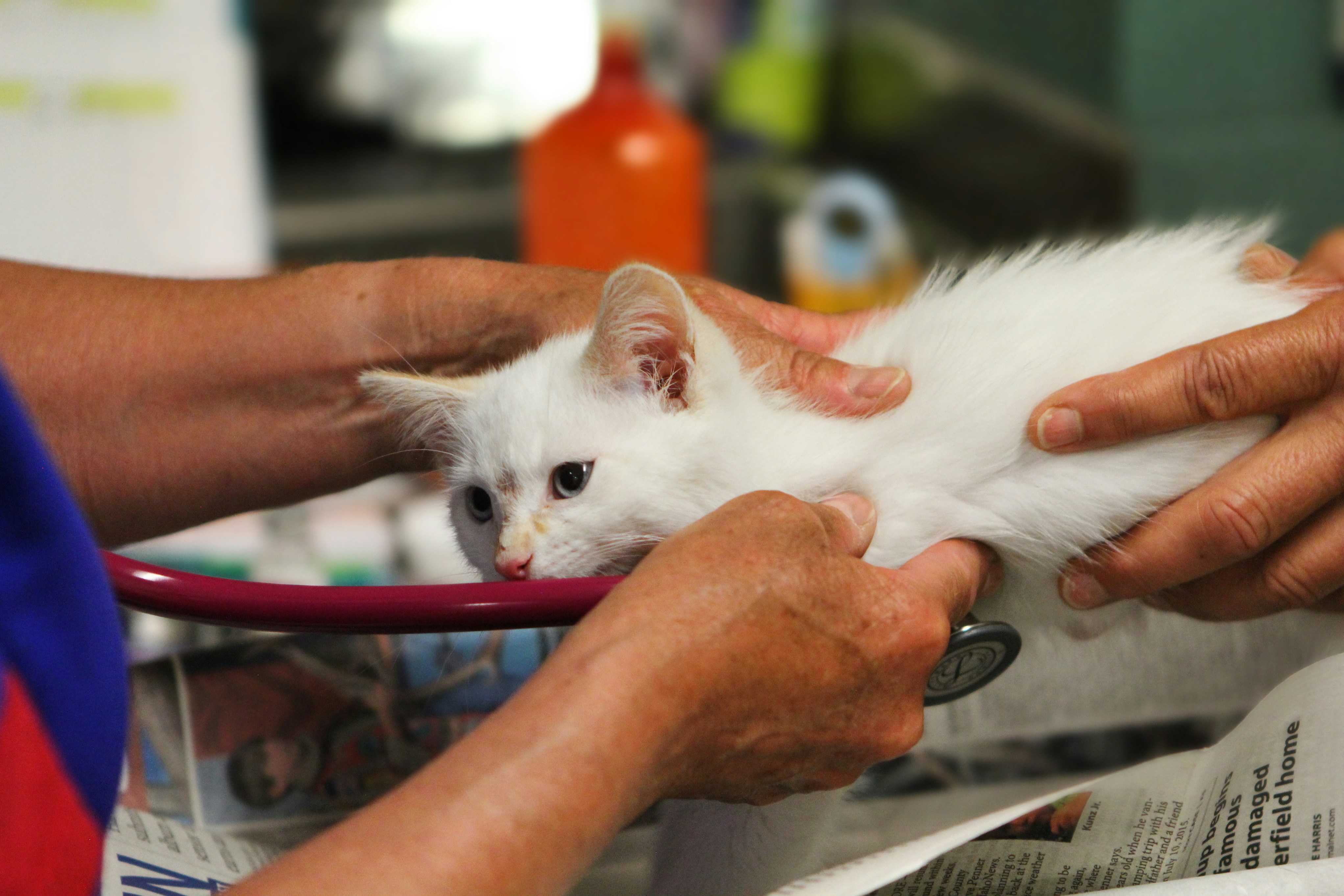
After the visit
Once home, give your cat time and space to decompress. If you have multiple cats, be aware that your returning cat may smell ‘different’ and be greeted with suspicion. In these cases, a short period of separation can help until their scent normalises. You can ‘cross-scent ‘ their facial pheromones on a sock by simply wiping their mouth and cheek area and swapping- this scent from cat to cat.
With a bit of preparation, vet visits don’t have to be a battle. By building carrier confidence, minimising travel stress, and working with a cat-friendly vet, you can transform the experience into one your cat tolerates and maybe even accepts as part of life, and perhaps even one you don’t get quite as stressed about, too!
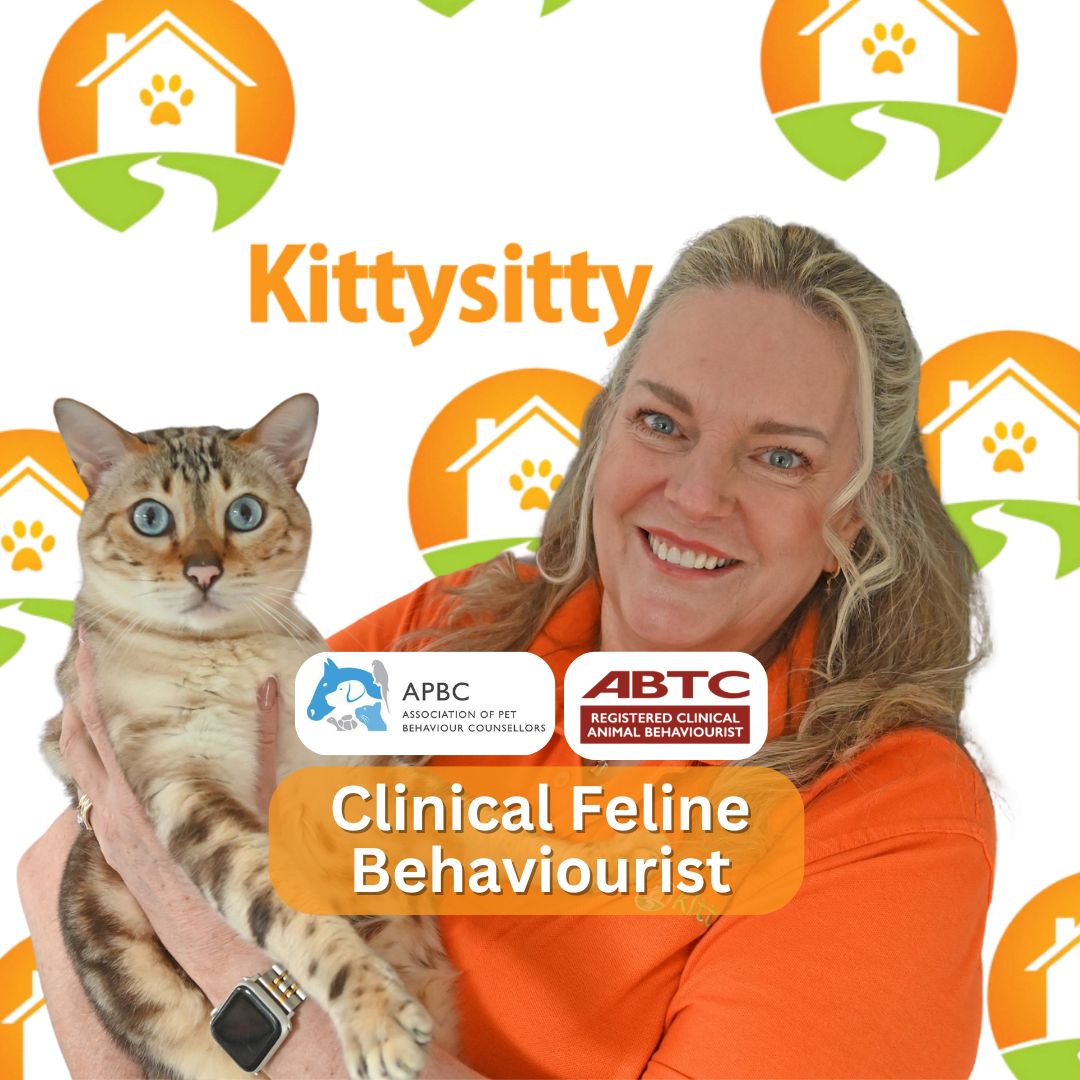
Check out Amanda's amazing content here:
Instagram: @kittysittycatbehaviourist
Facebook: Kitty Sitty Cat Behaviourist
TikTok: @kittysittycatbehaviour
Or you can check out her website here: kittysitty.net

